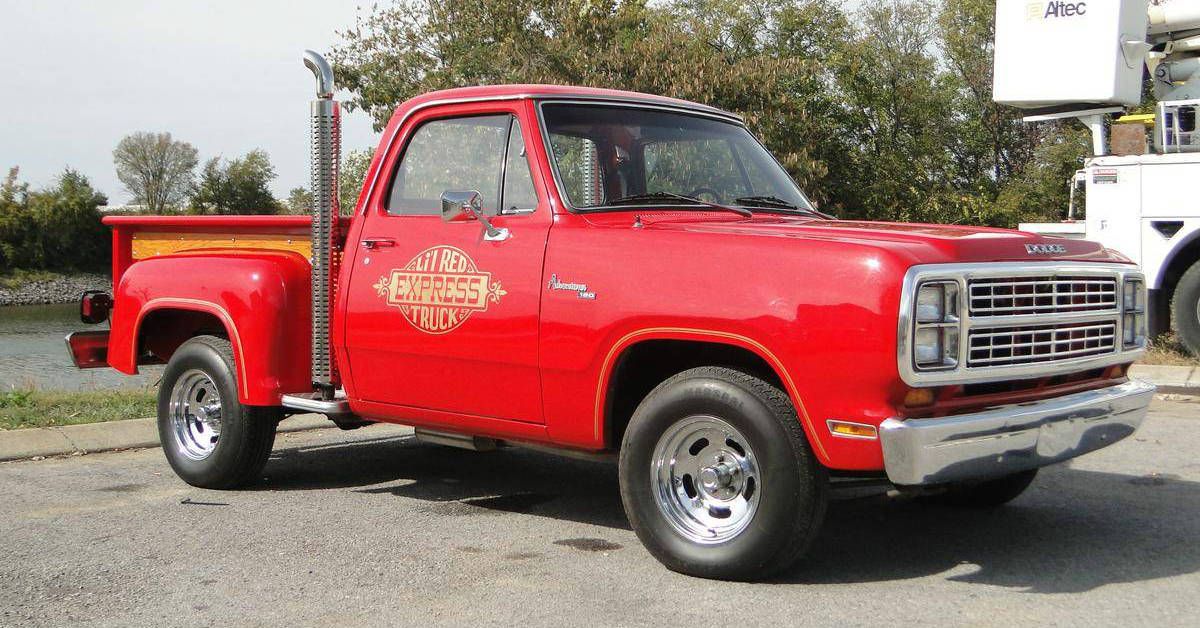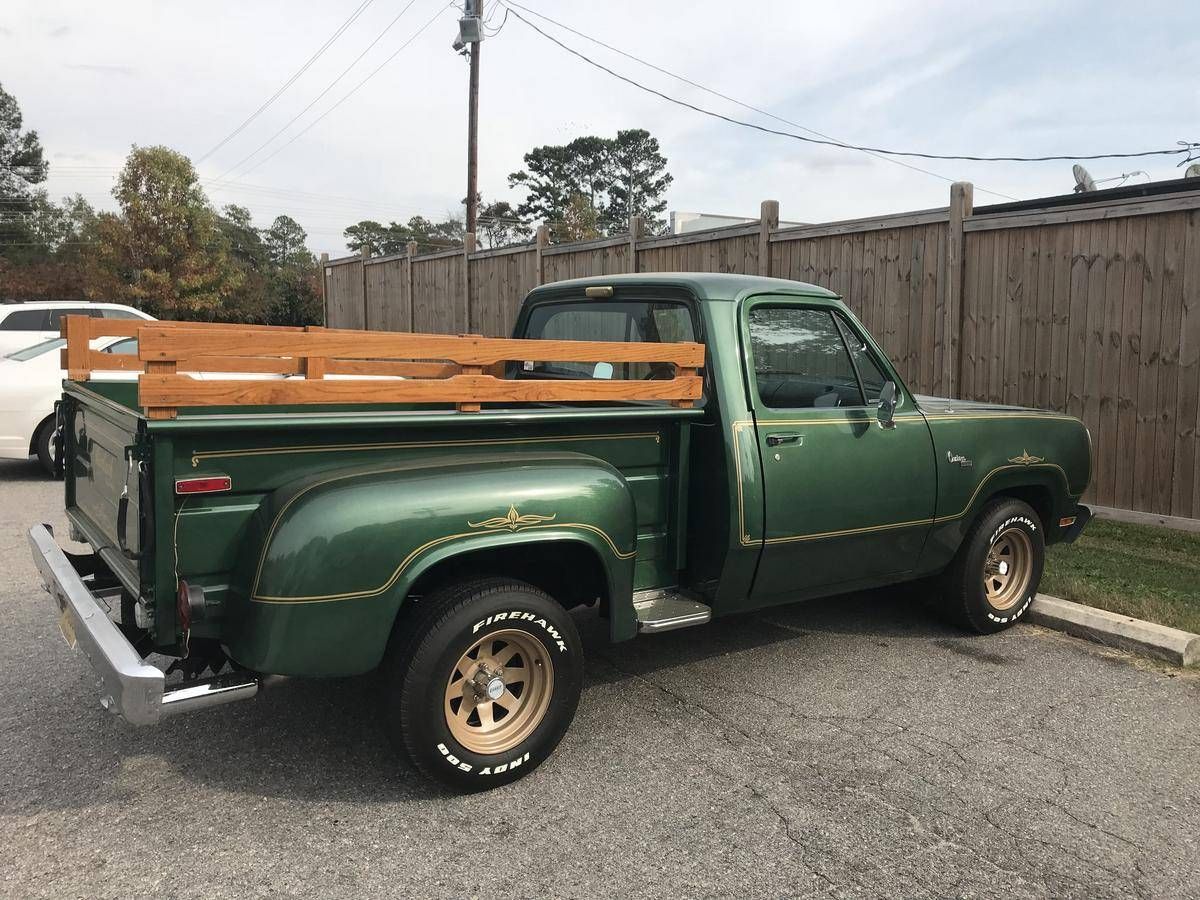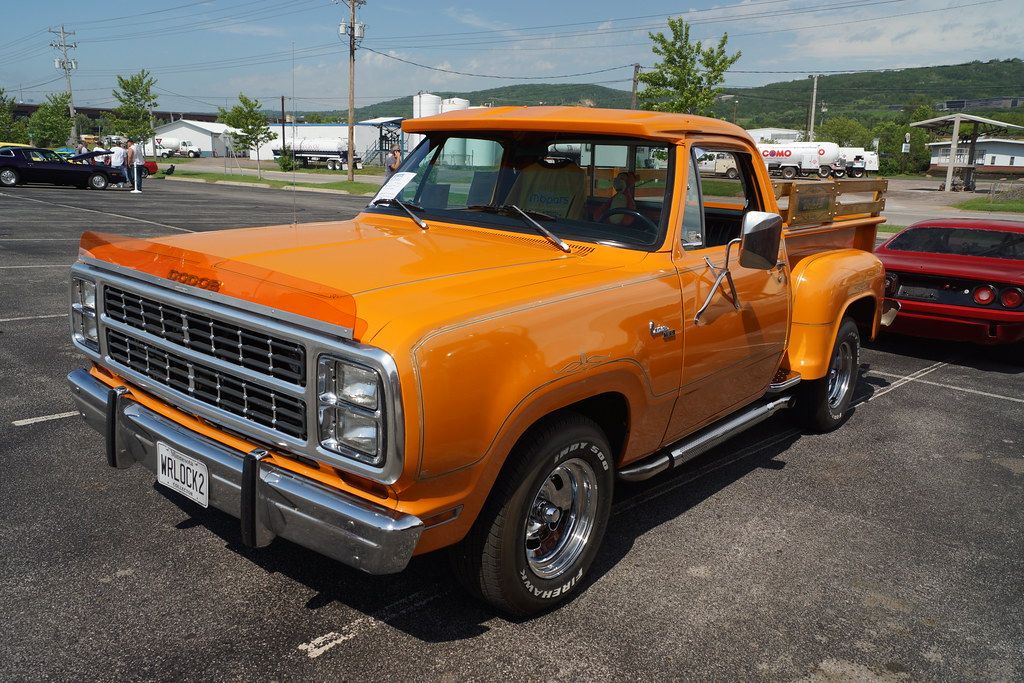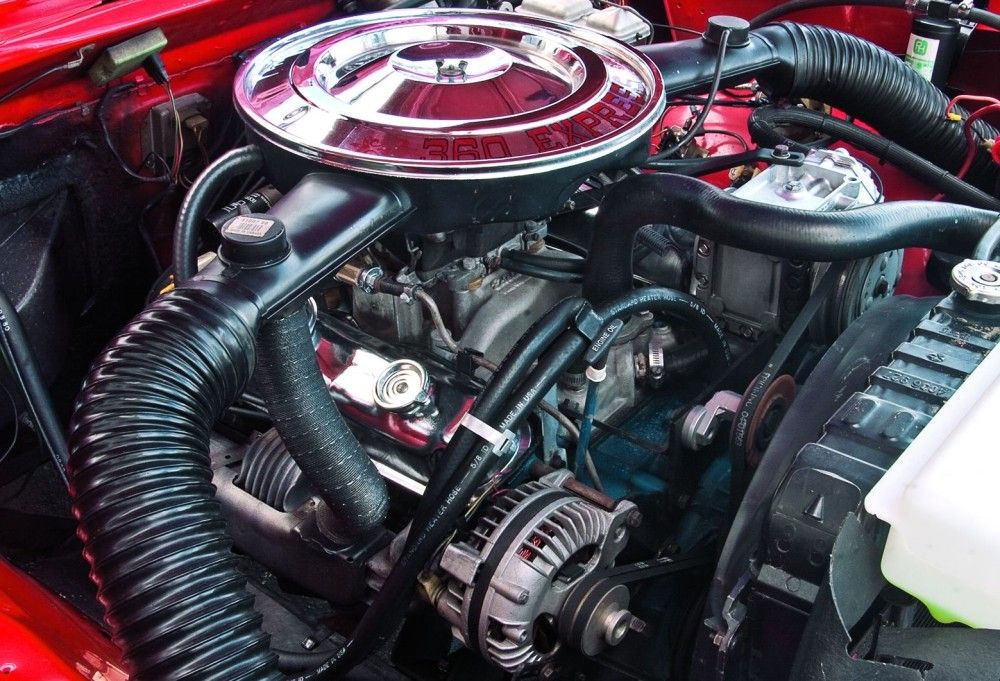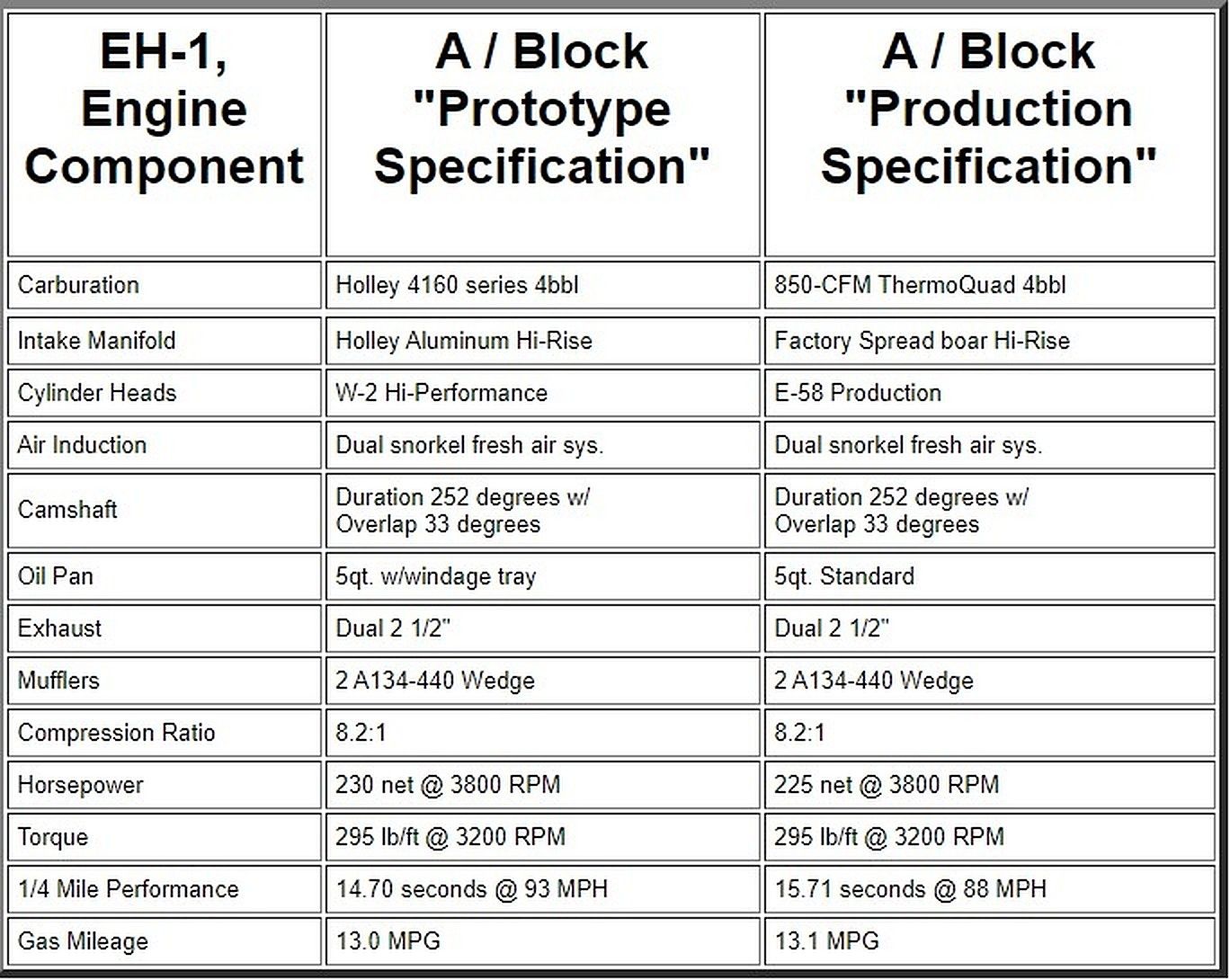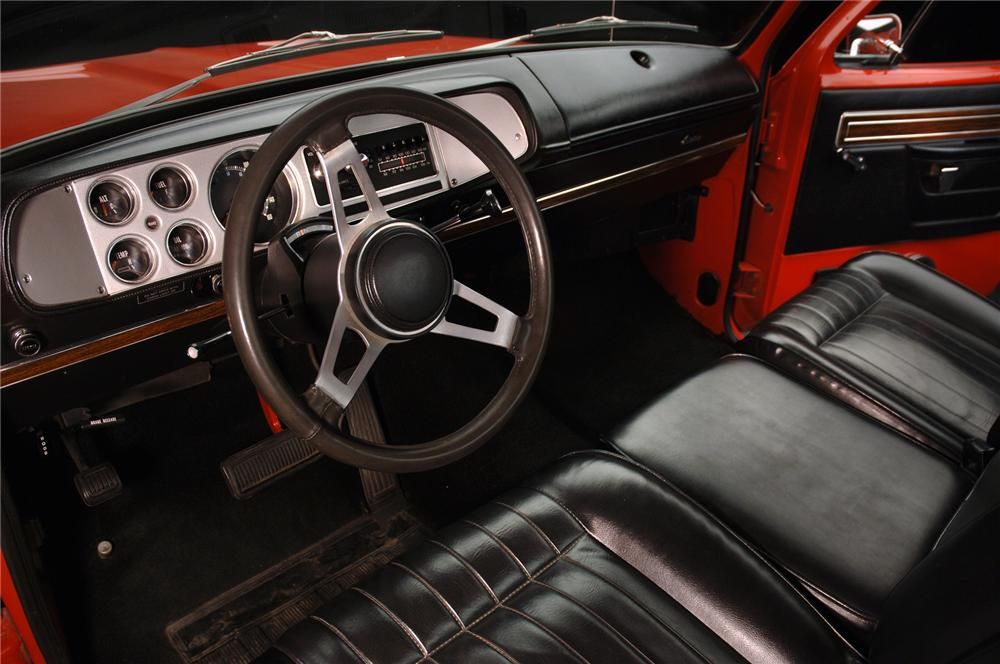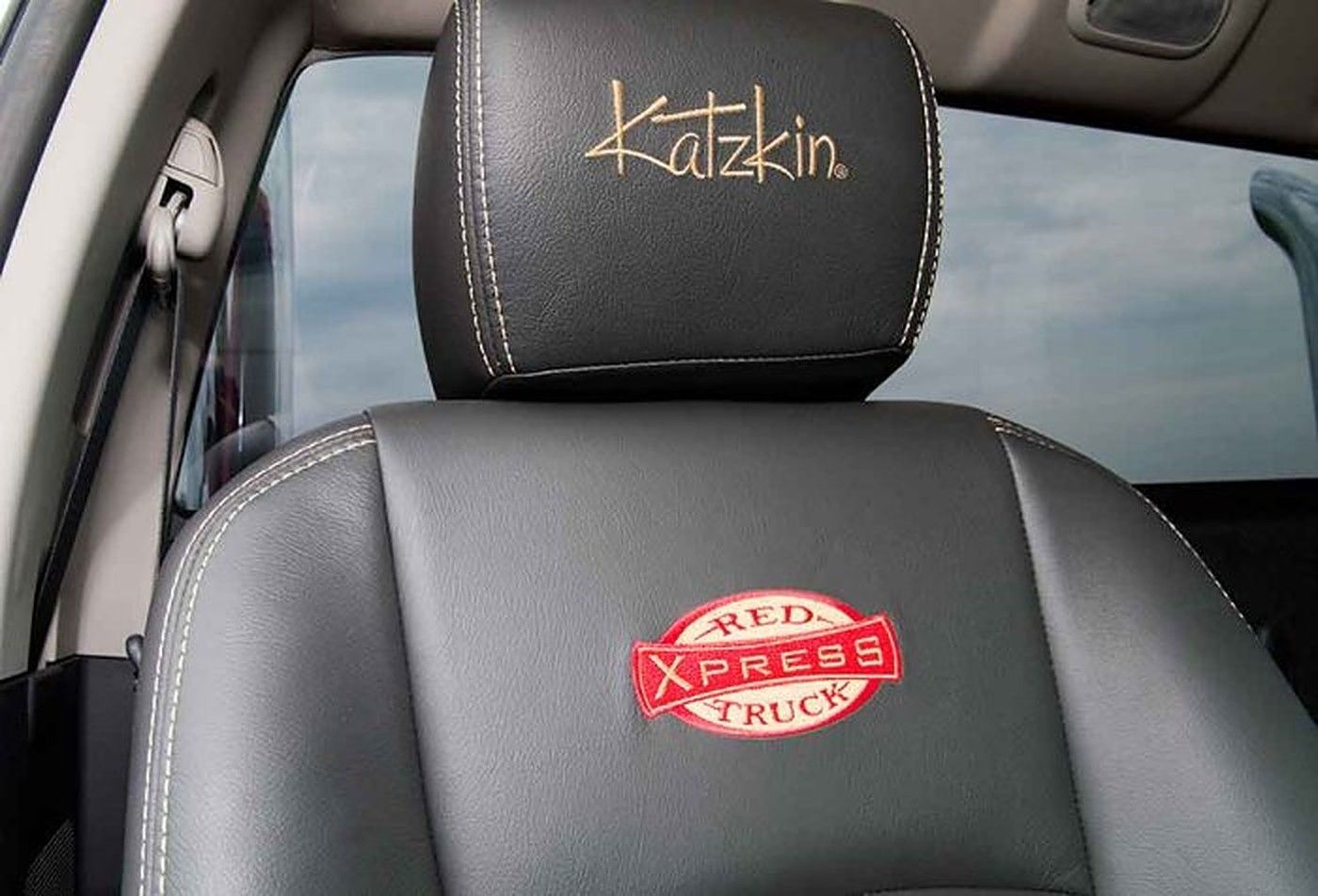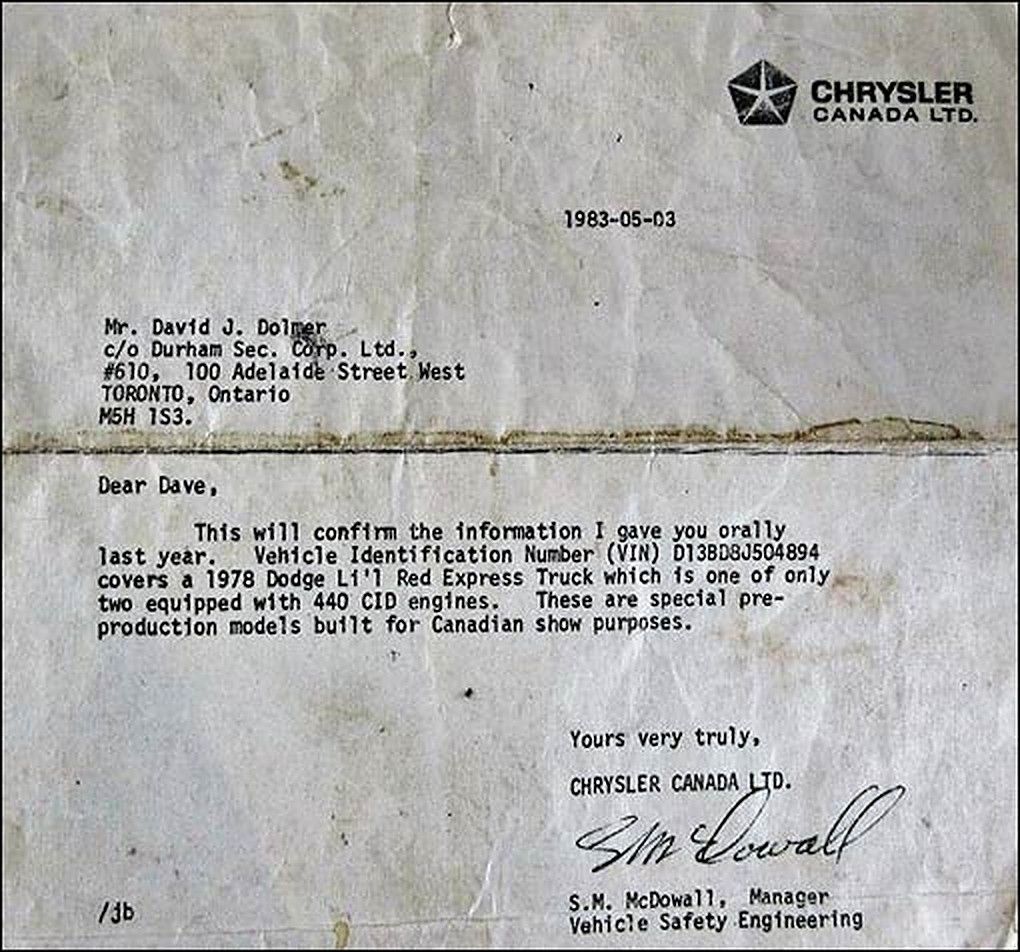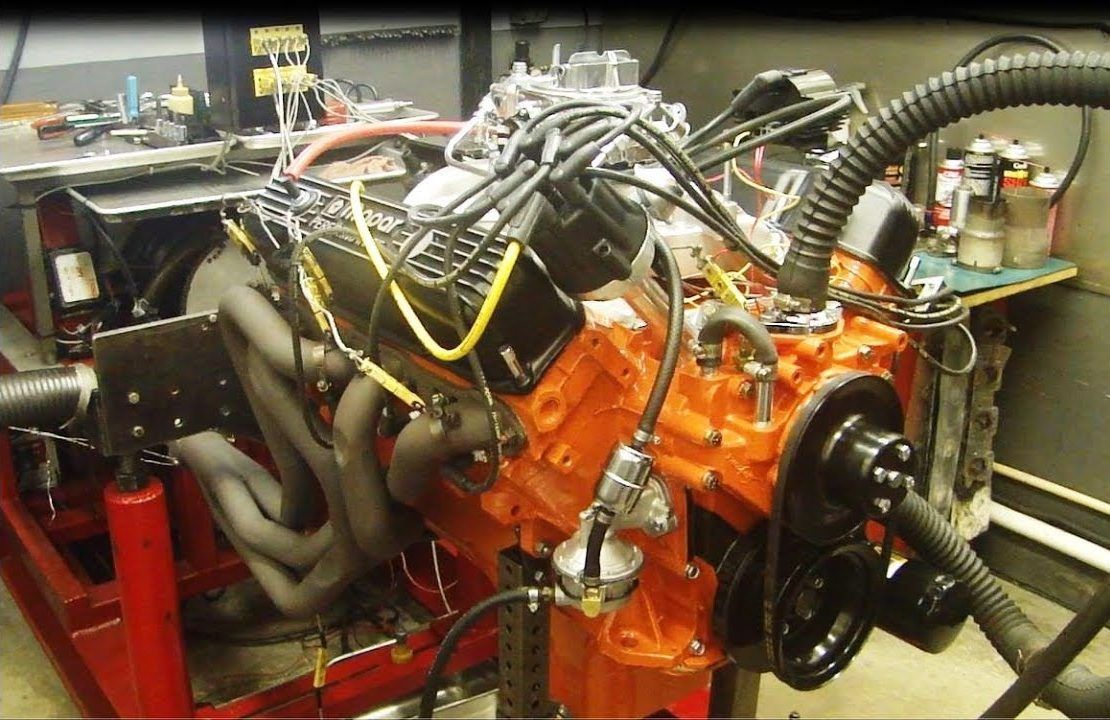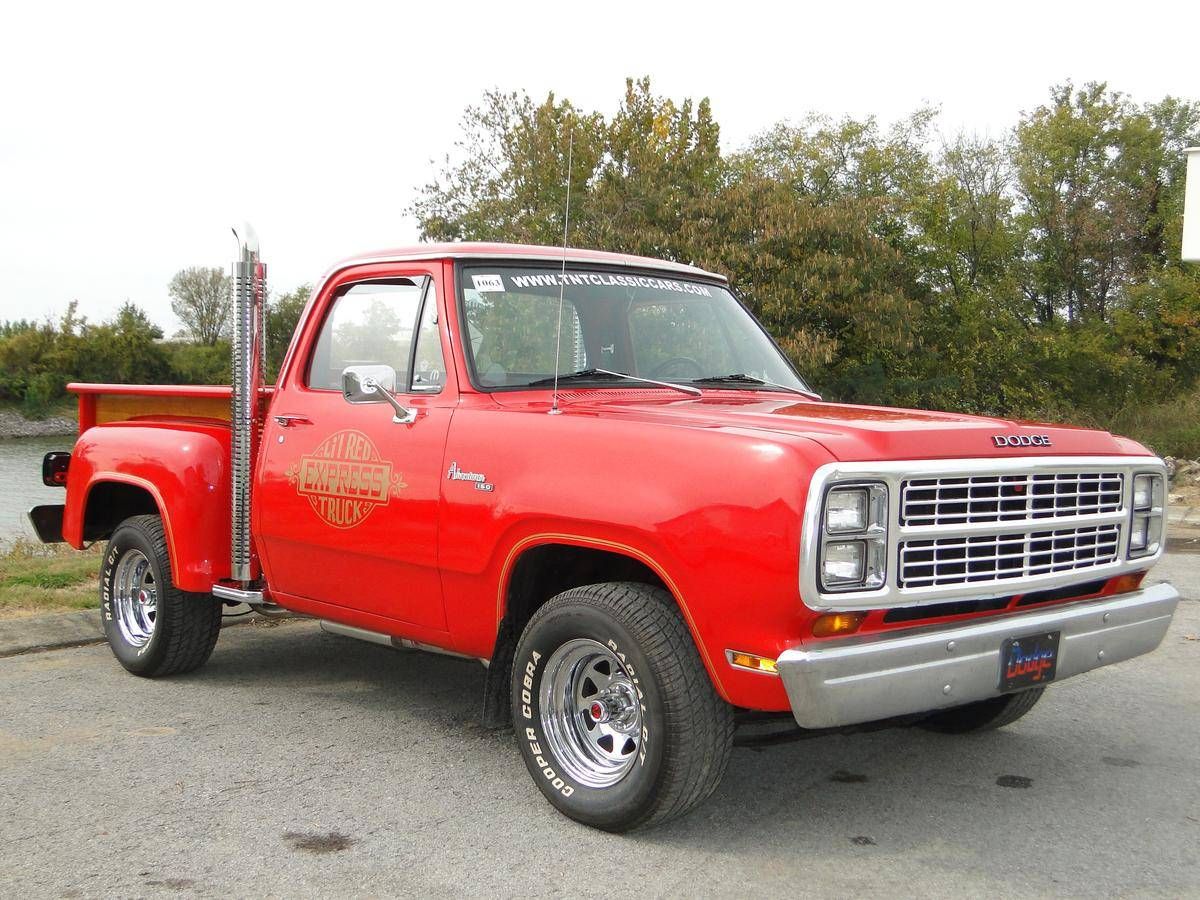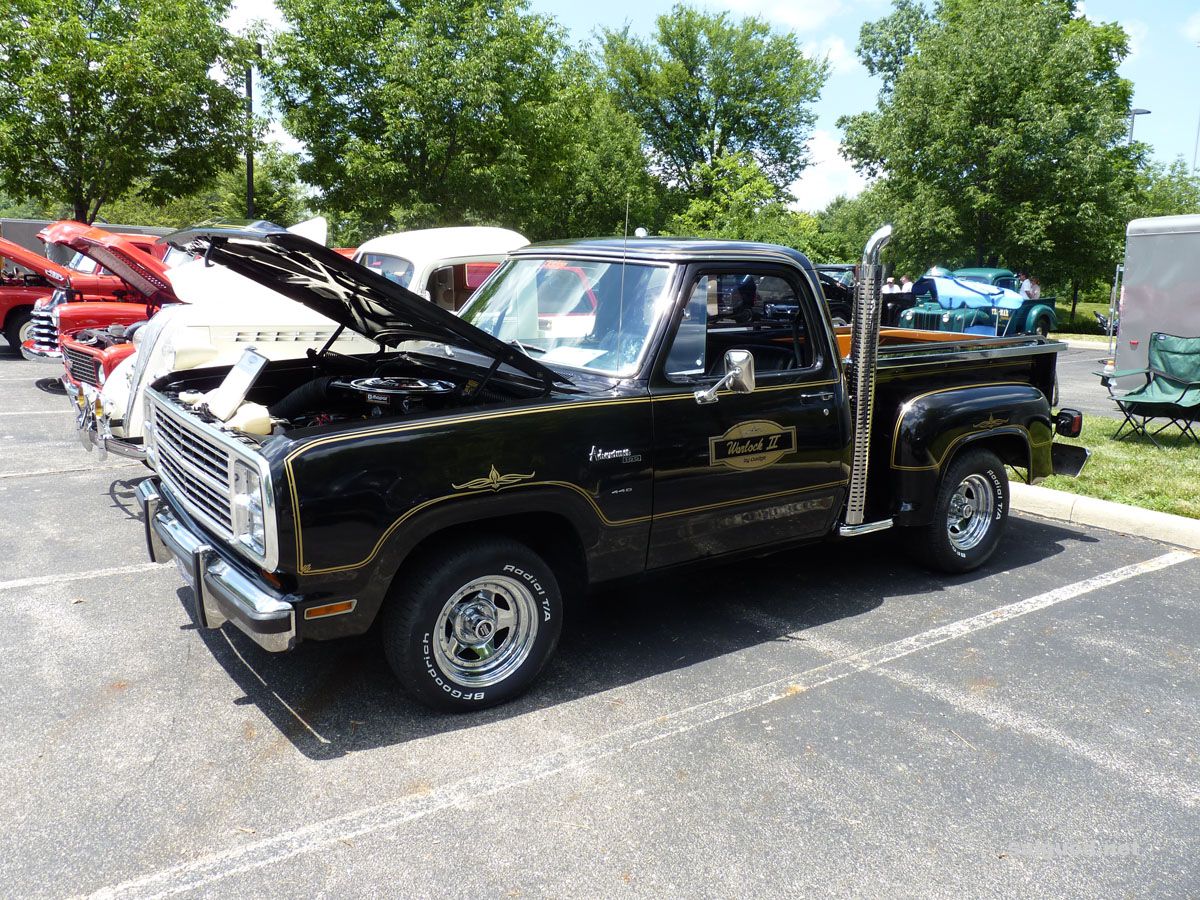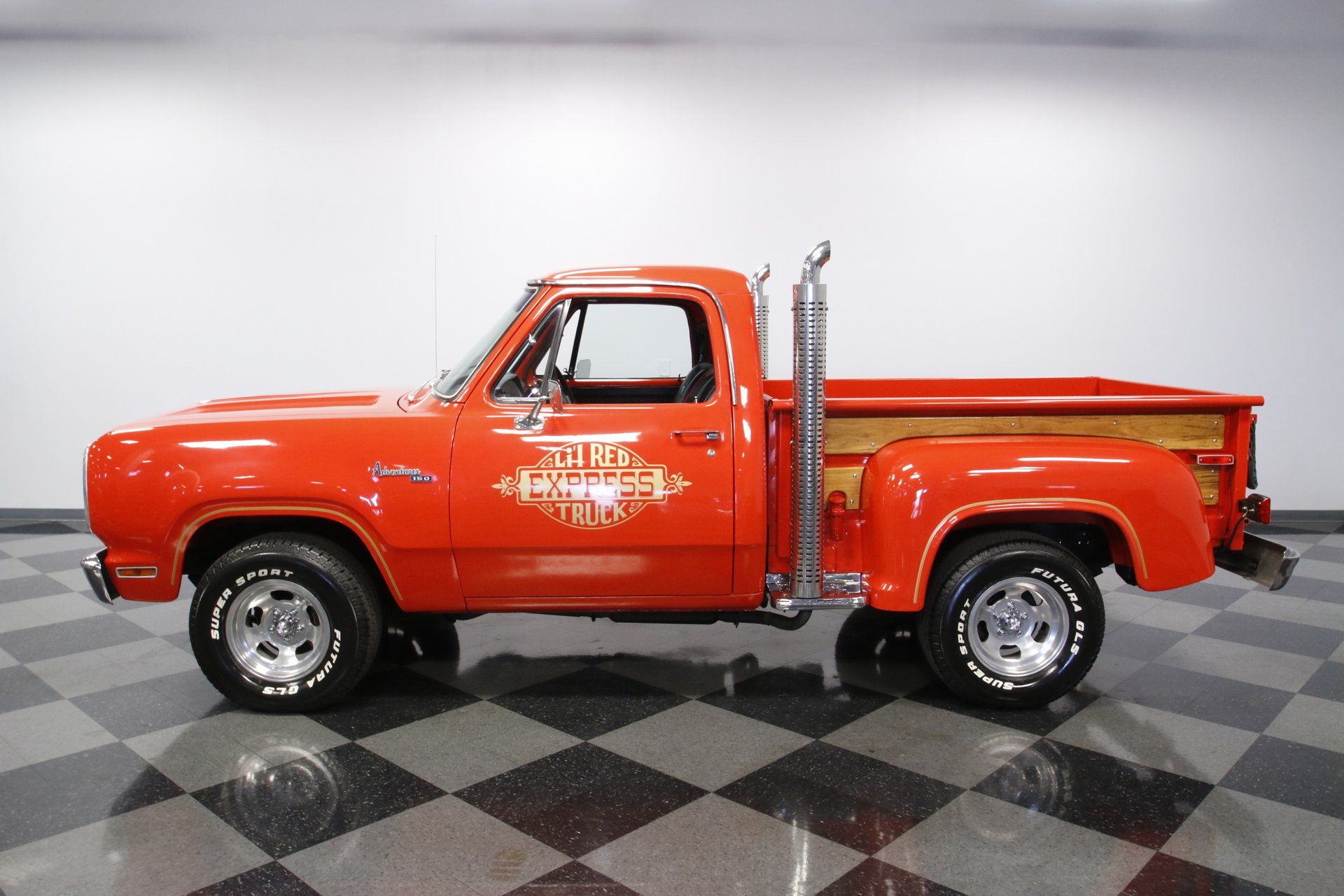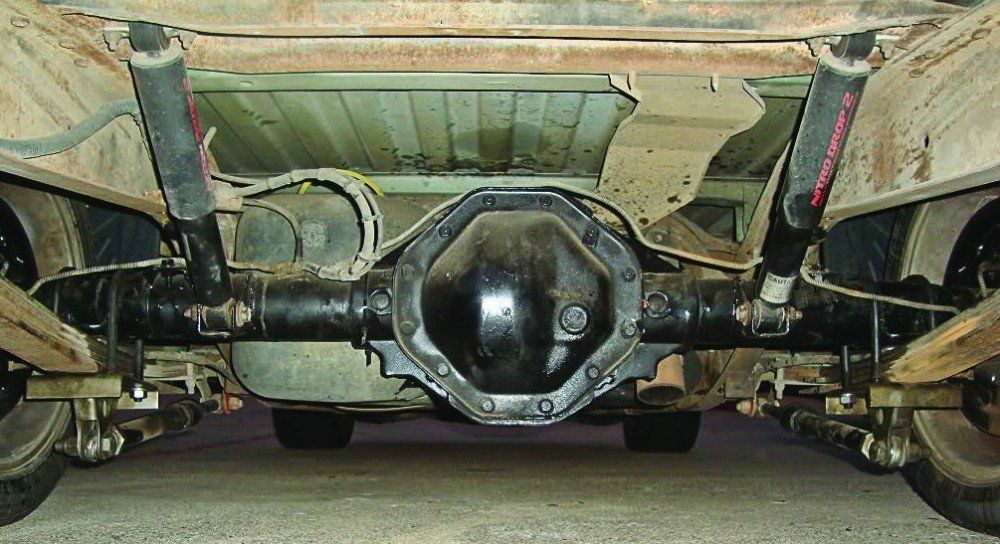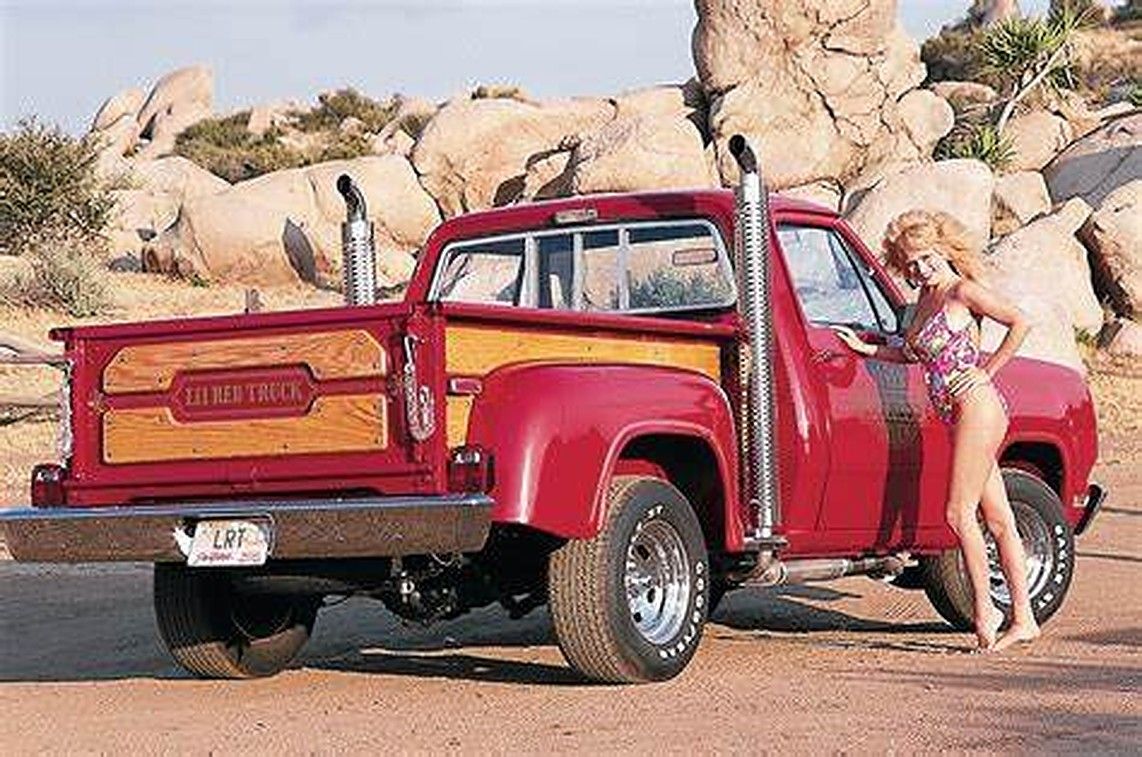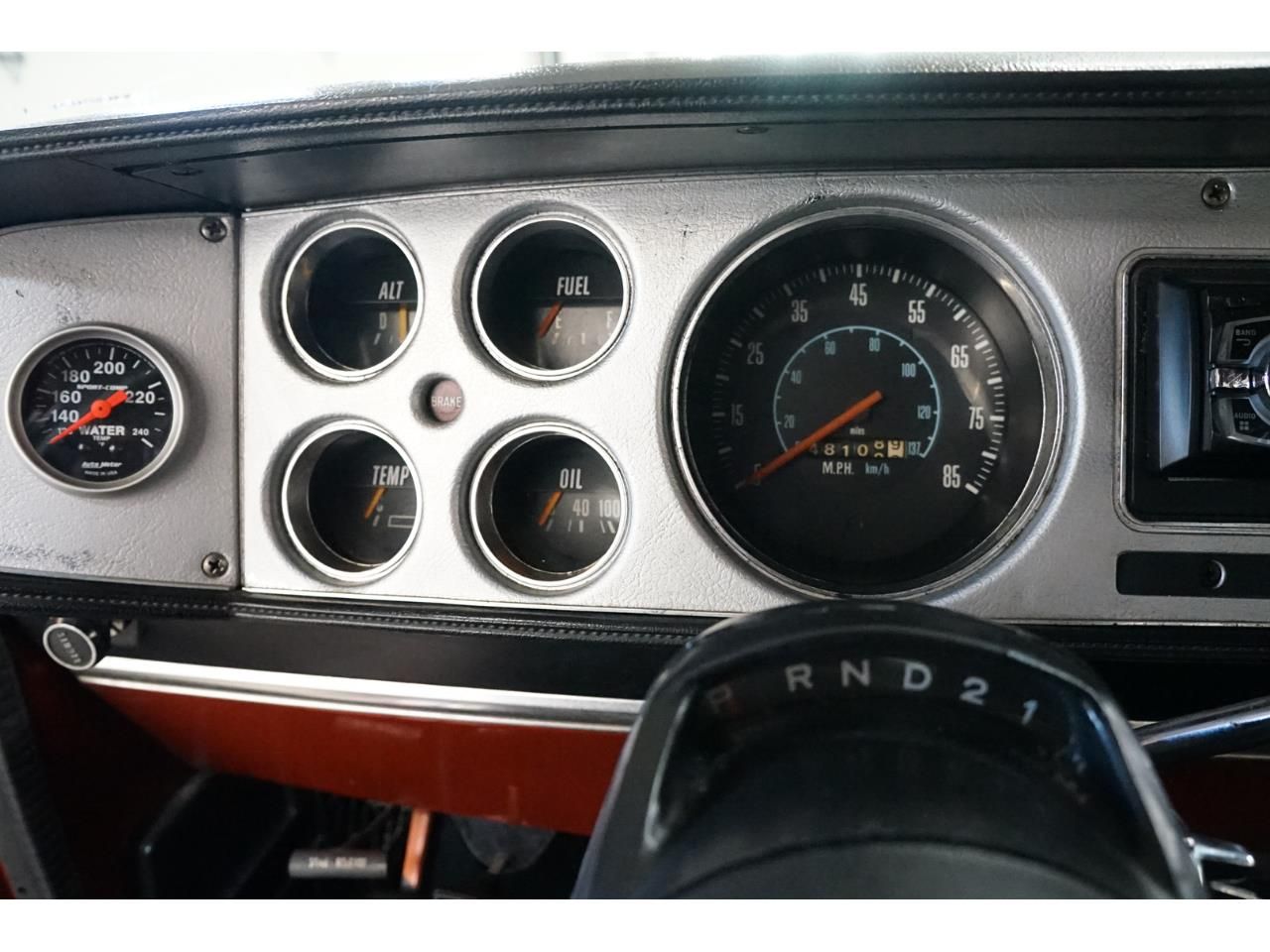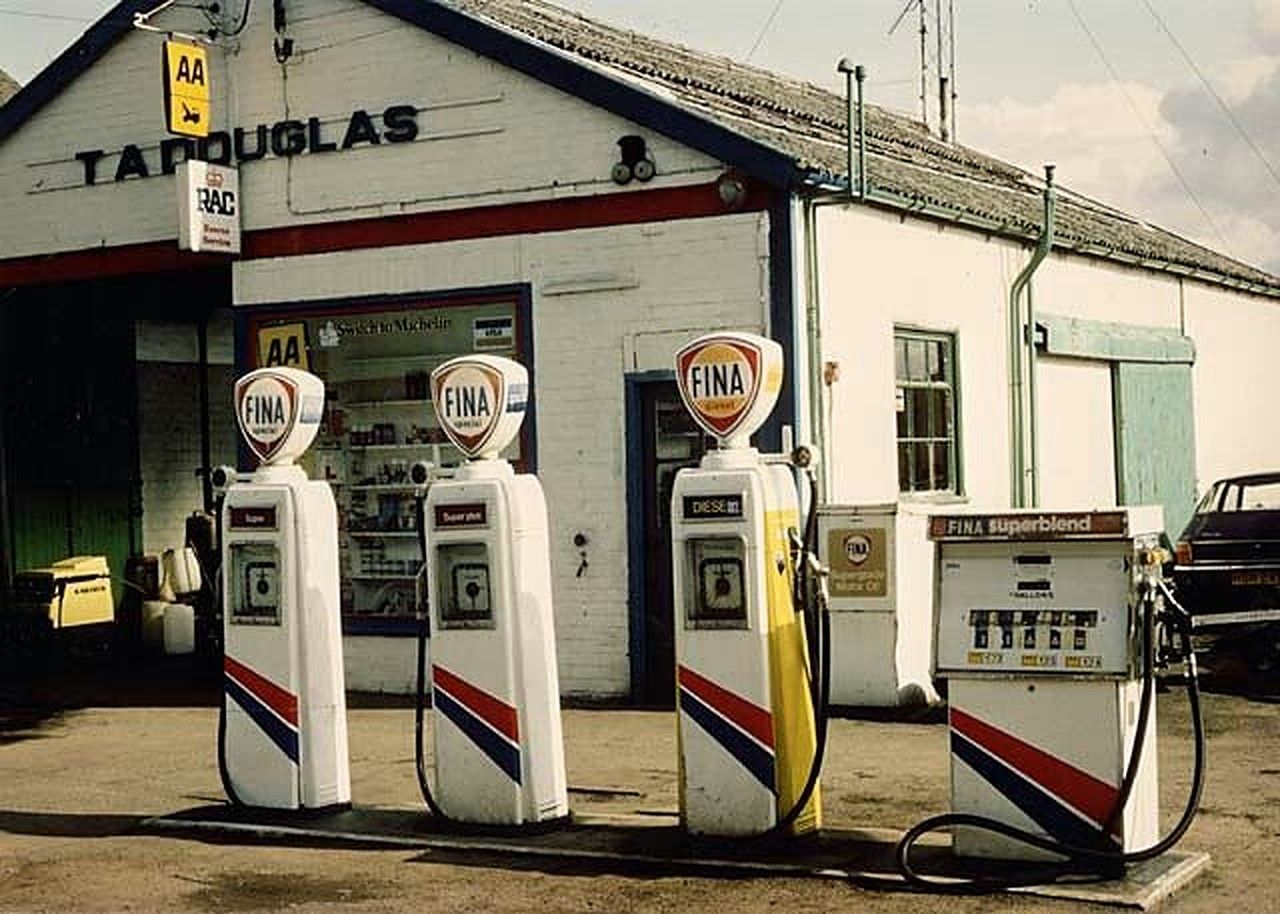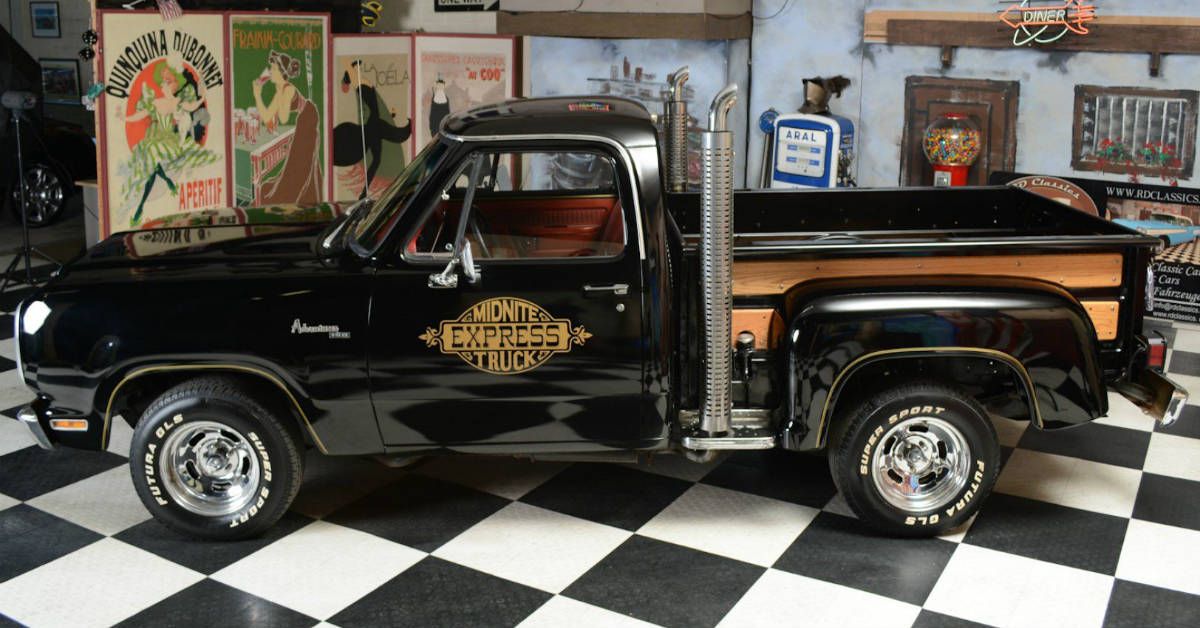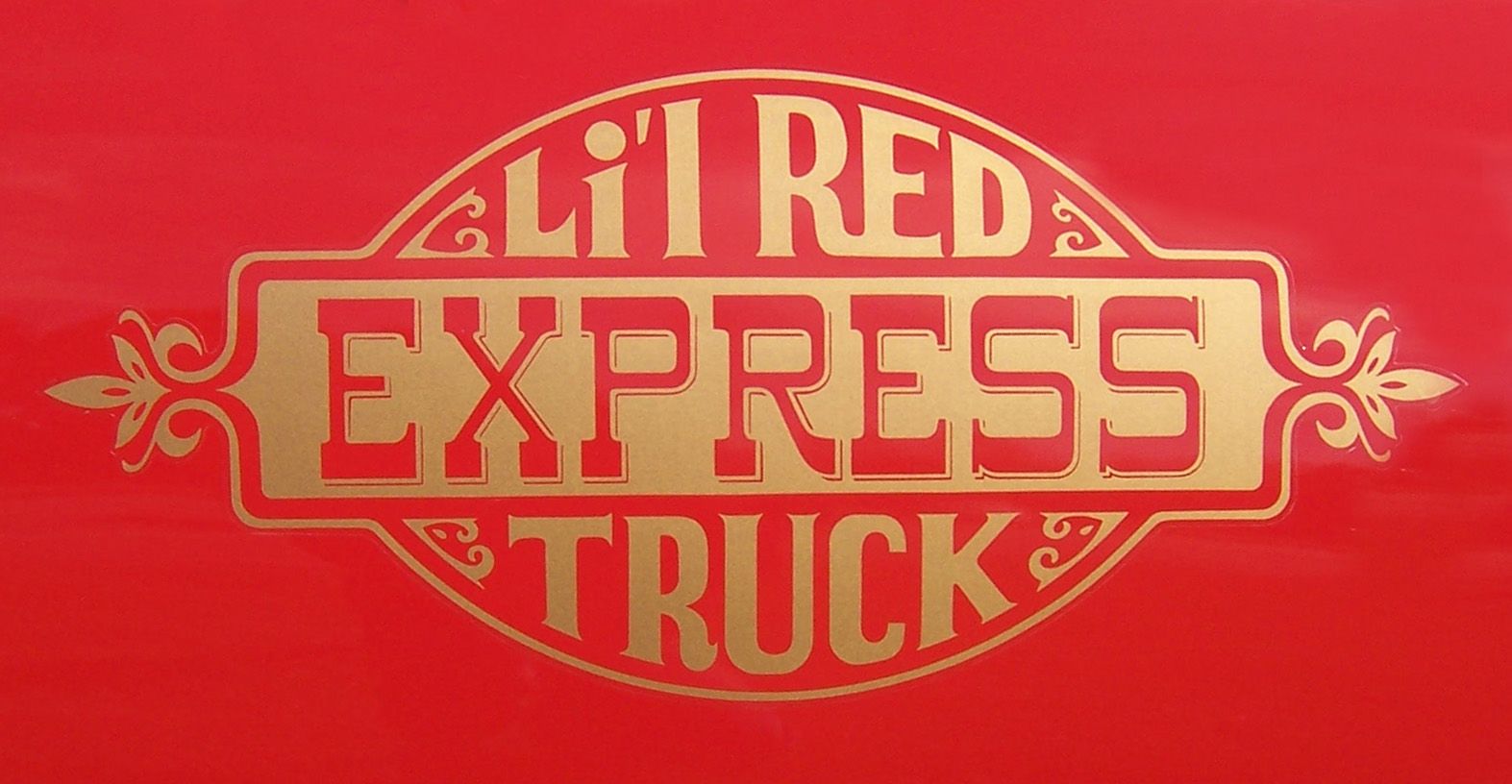In an era when cars and trucks were having their power output cut in half when compared to the same model just a decade earlier, Dodge built this truck and it became an icon of power.
While most v8 powered trucks of the era needed a trip to the speed shop and a platinum card to get them running again, these trucks had the speed, the looks and the power buyers wanted. It was a strange story that these vehicles were killed in just 2 two years.
10 It Had A Cousin Called The Warlock
This truck was available in black, orange, red and green and was in both 2 and 4-wheel-drive configurations. Whereas the Lil' Red Express was all about straight-line speed and only available with upswept exhaust and two-wheel-drive. There apparently was a Warlock II available in 1980 after the 1978-1979 run for the Lil' Red Express.
RELATED: 15 Pickups That Are Actually Too Fast For Their Own Good
The Warlock package apparently started in either 1976 or 1977 depending on who tells the story. The Warlock could be ordered with any of the powertrain options but needed a flareside shortbed.
9 It Used A Free-Breathing Police Interceptor Engine
The first year of the engine even used competition cylinder heads and a high-rise aluminum intake manifold, while the second year used the basic police package.
Both years came with a free-breathing exhaust system and could be had with a heavy-duty automatic transmission. The 4 barrel carburetors were 30% larger than most other cars of this era including much larger engines.
8 The Interior Was Much More Appealing Than In A Standard Pickup
The seat was available as both a bench seat and a split bucket seat arrangement. Of course CB radios were installed by dealers.
The standard gauge cluster and steering wheel were muscle car styled options and were not the normal truck equipment. This was before truck interiors became luxurious.
7 The 440 V8 Was Never An Option But Two Were Built As A Trial
There were two built to show what 440-powered versions would look like, and they were displayed in various auto shows in Canada and The United States.
The standard 360 powered Lil' Red Express was not sold in California, Maryland, Florida, Oregon, or Washington as it could not meet noise ordinance requirements despite being exempted from emissions requirements.
6 The Steel Wheels Were Made By An Aftermarket Firm And Fitted As Standard
The package included 5 slot 15"x8" wheels, a rear stabilizer bar, heavy-duty shocks, and raised white letter LR60 series tires. This gave the truck the custom look the manufacturer was after.
The wood on the tailgate and sides were made of oak, painted for protection, and bolted to the body using chrome headed bolts.
5 The 1979 Model Did Get Catalytic Converters Which Allowed Some Models To Be Carb Certified Unofficially
There were many witnesses who claim to have seen these trucks sold in California by 1979 after the unleaded only versions were sold. Officially none ever sold in that state, but according to Allpar and several witnesses, the vehicle was available.
Both years came with mufflers designed for 440V8 applications underneath the cab but were called Hemi-styled mufflers, with the visible chrome pipes being straight through.
4 It Had A 3.55:1 Ratio "Sure Grip" Performance Axle With Limited Slip
The late 1970s all but did away with performance axle ratios with limited-slip differentials. Yes, there were trucks with numerically high axle ratios, but they were mainly for hauling heavy loads and were seldom available with a limited-slip differential.
A decade earlier a buyer could choose what level of performance the differential would be set up for. This availability was a big deal by 1978.
3 The 1979 Model Got The Federally Mandated 85 MPH Speedometer
This was a really dumb idea that people came up with to help save fuel and make drivers slow down. It didn't work. This truck accelerated well beyond that speed in the quarter-mile and could top 120 MPH.
People on long drives simply ignored these ridiculous mandatory oddities and drove them much faster than that on long highways.
2 It Had Better Fuel Economy Than Most Slower Pickup Trucks Of The Era
While 13 MPG is nothing to brag about, many trucks of this era couldn't get better than 8 miles per gallon due to the emissions controls and direct drive transmission. It's ironic since these trucks produced significantly more H.P. than slower trucks.
Mainly this was due to the engine being allowed to make the power it was supposed to rather than being stifled by poorly designed emissions controls.
1 The First Year Had Front And Rear Tires Which Were Not The Same Size
The first year only came with GR60x15" tires mounted on 7" wide rims up front and had LR50x15" tires on 8" wide wheels on the rear. The following year the tires and rims were the same size all the way around.
Our best guess as to why this was, is because the big and little look was a styling trend, and this would have been a toned-down version of the jacked-up big in the back look. The tire size change was also augmented by the switch from 2 big headlamps to 4 small headlamps in the front of the truck.

